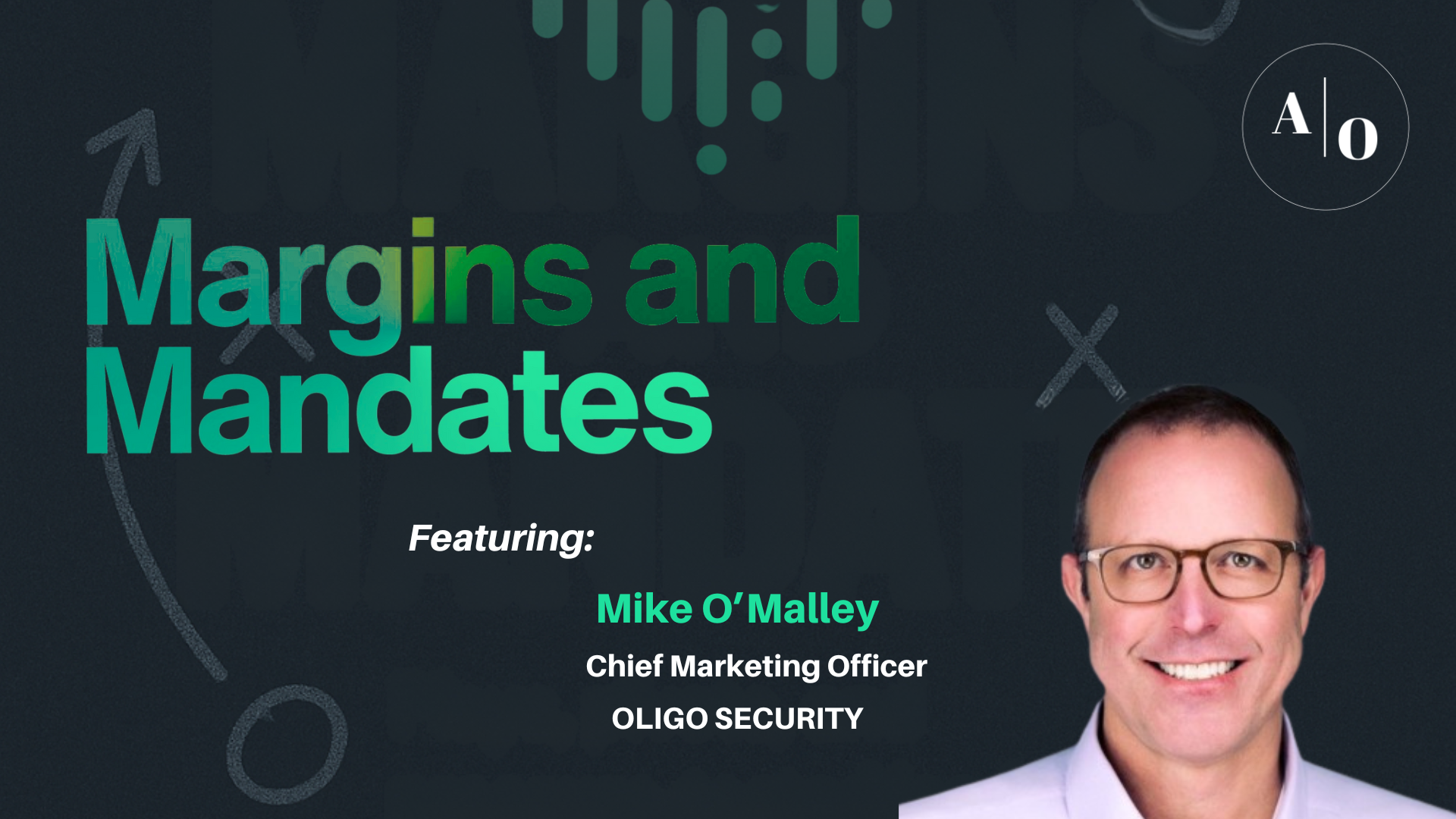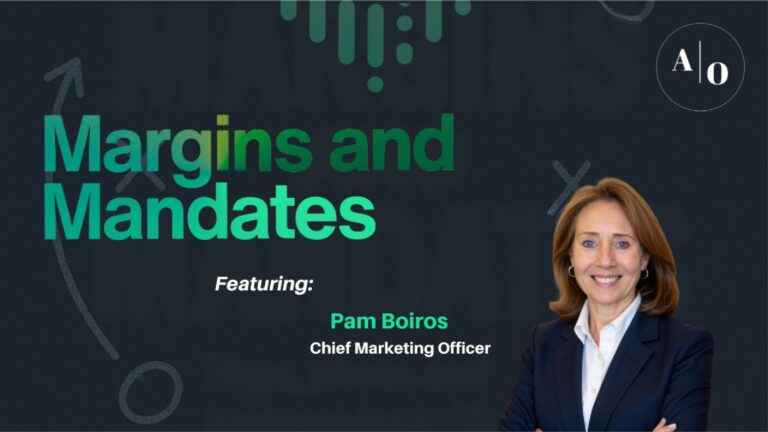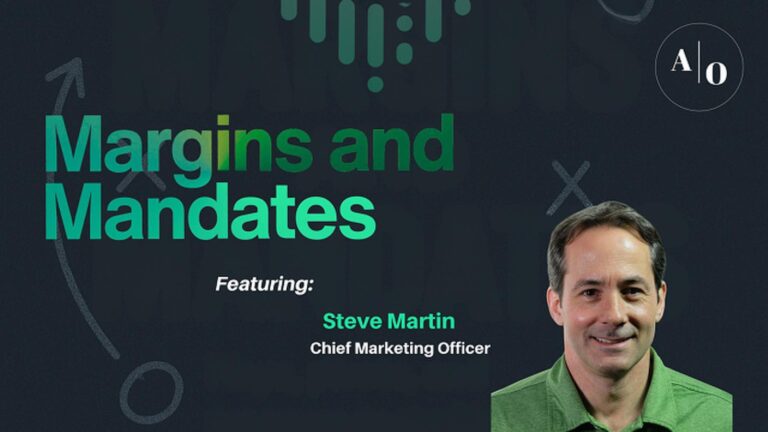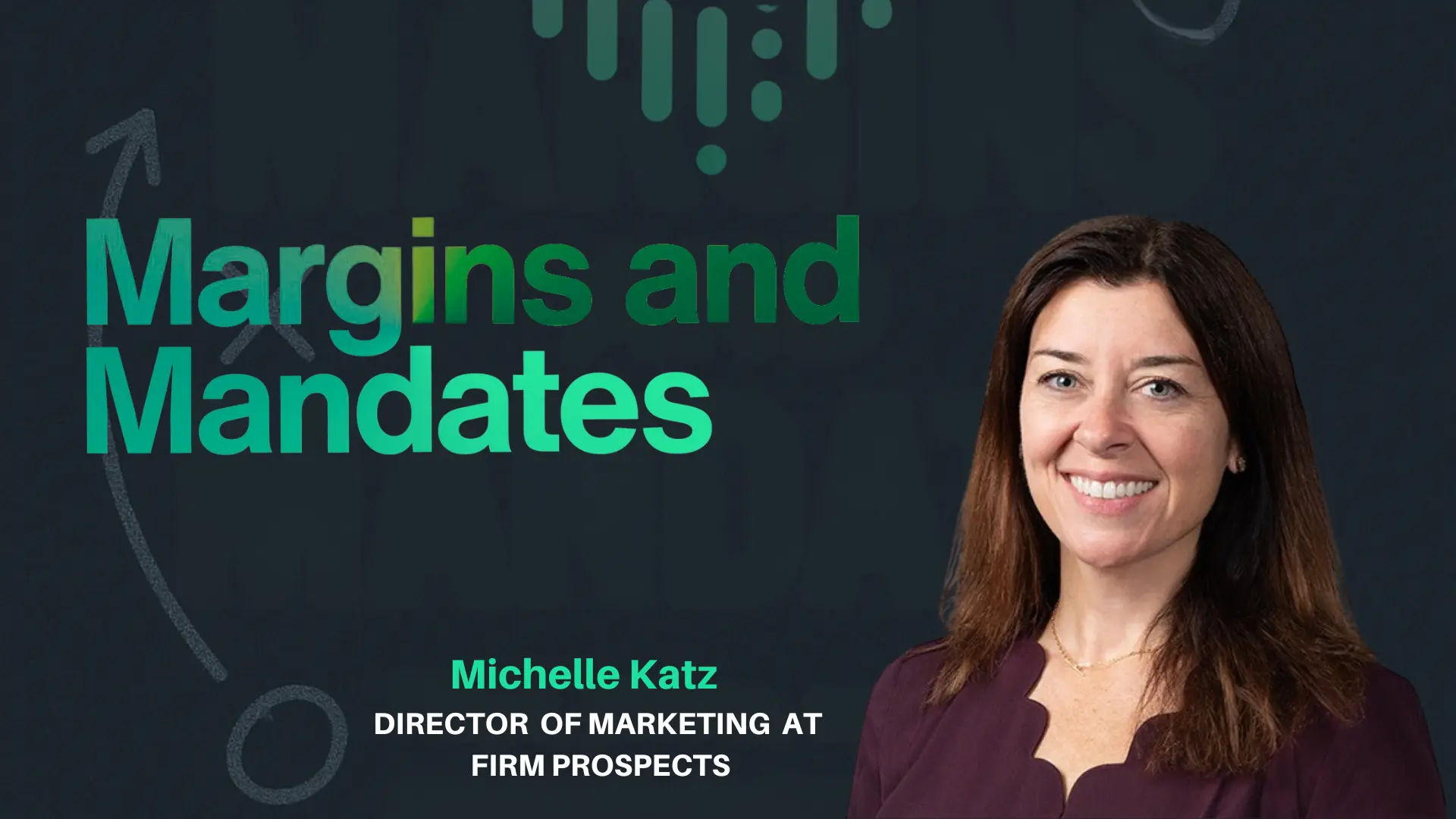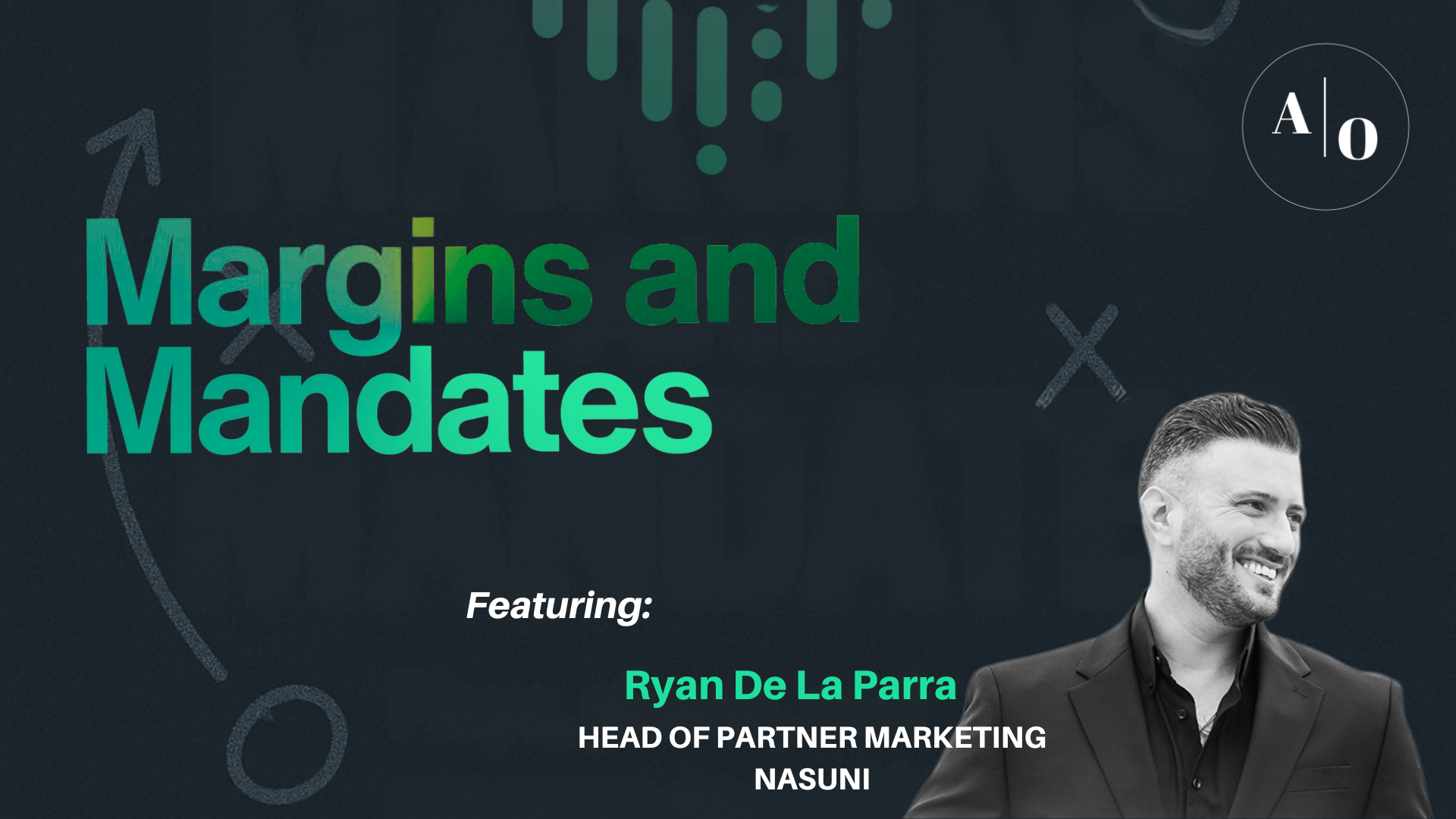Demystifying the B2B Buying Experience
Imagine a B2B buyer’s journey. They start with a need, research their options, and eventually purchase. This traditional linear path is often called the “sales funnel.” But what if a whole section of this journey is happening in the shadows, invisible to marketers? That’s the Dark Funnel.
We found an enlightening study that highlights the importance of the Dark Funnel. The conclusion may not surprise you, but some results are shocking.
Big data intent marketing analytics platform 6Sense conducted a 33-question survey with over 900 B2B buyers across many industries to demystify the timing of, and crucial moments within, their B2B buying experiences. The full study is worth a read [1].
Some key takeaways from the study:
- By the time B2B buyers engage sellers directly, they’re 70% through their buying process. In a typical B2B deal cycle, that’s eight months in.
- When buyers and sellers finally connect, buyers initiate first contact 83% of the time.
- They consider an average of four suppliers, but they have largely made their decisions by the time they get in touch.
- The first vendor contacted ultimately wins the business 84% of the time,
- Even if a vendor is first on that list, 78% of B2B buyers have completely or largely established their requirements before making first contact. Those requirements don’t change in the home stretch of the buying process.
84% of deals are won or lost before providers know they exist. To achieve a meaningful advantage during the sales process, revenue teams need to find these buyers long before the “70% Constant,” when buyers initiate contact. This would suggest that a significant proportion of marketing spend should be targeted at influencing buyers in the Dark Funnel.

What is the Dark Funnel?
The Dark Funnel represents the untrackable interactions and touchpoints that influence a B2B buyer’s decision but are hidden from traditional analytics tools. Think of it as the buyer’s “pre-awareness” stage, where they subconsciously form opinions and preferences before entering your marketing radar.
Here are some examples of activities happening in the Dark Funnel:
- Private conversations: Discussions among colleagues, industry experts, or family members can significantly influence purchase decisions.
- Untrackable social shares: Mentions in closed LinkedIn groups, private Twitter threads, or even internal company forums can reach potential buyers you’d never know about.
- Offline interactions: Attending industry events, conferences, or trade shows exposes buyers to your brand and competitors without leaving any digital footprint.
- Consumption of third-party content: Reading industry reports, analyst research, or independent blog posts can shape a buyer’s perception of your solution.
Illuminating the Dark Funnel
While the Dark Funnel may seem shrouded in mystery, there are ways to shed light on it:
- Leverage intent data: Tools like Bombora or G2 Buyer Intent can identify companies actively researching topics related to your solution, even if they haven’t visited your website.
- Focus on industry communities: Participate in relevant online forums, attend industry events, and build relationships with key influencers to reach buyers in their natural habitat.
- Create high-quality content: Produce valuable content that addresses buyers’ pain points and educates them about your industry, even if it doesn’t directly promote your product.
- Track offline engagement: Use event registrations, webinar attendance, and other offline metrics to understand your reach beyond the digital world.
By embracing the Dark Funnel and incorporating these strategies, B2B marketers can better understand their buyers’ journey and unlock new avenues for growth. Remember, the light may be dim, but the opportunities in the Dark Funnel are anything but shadowy.
References


